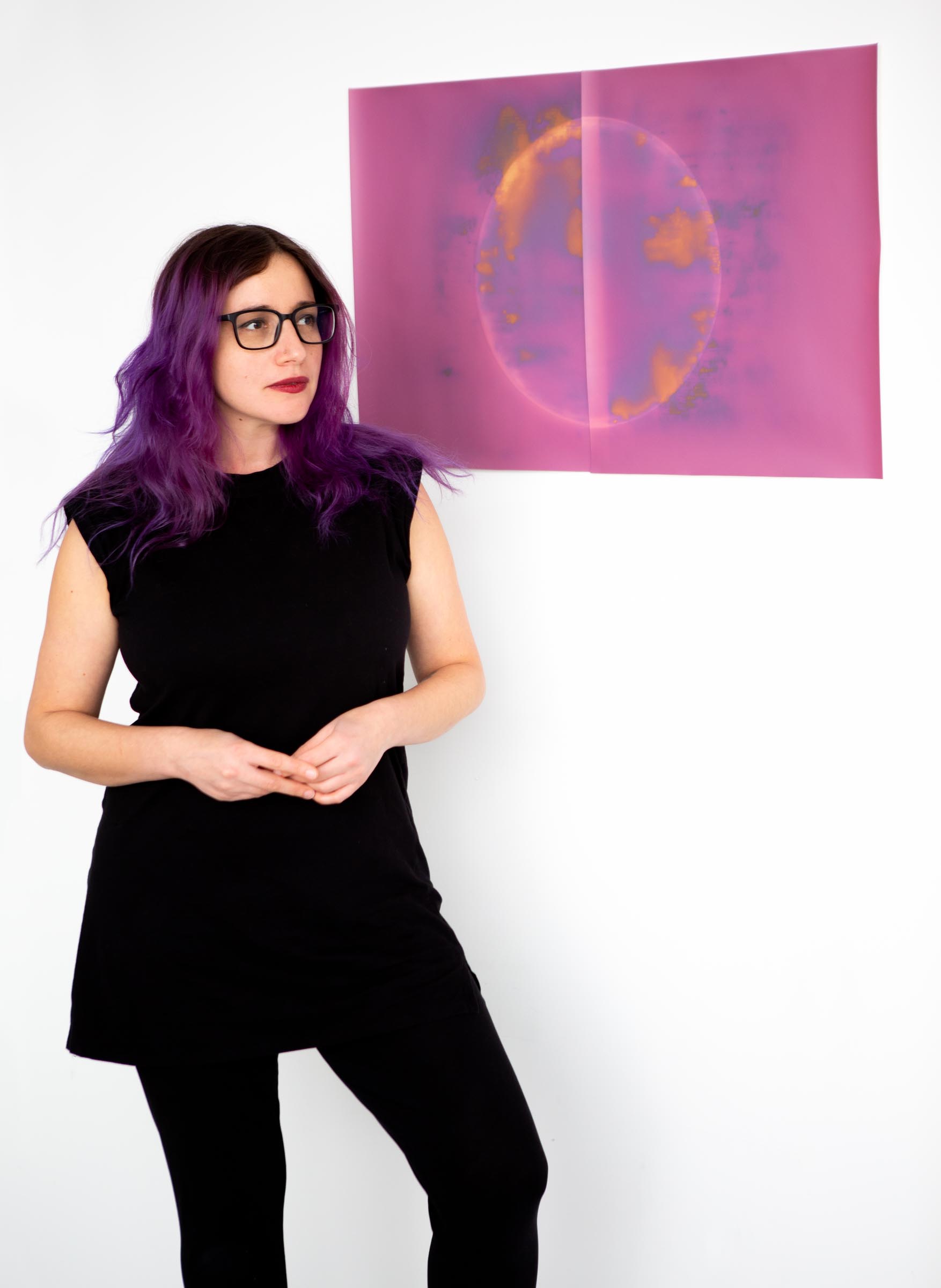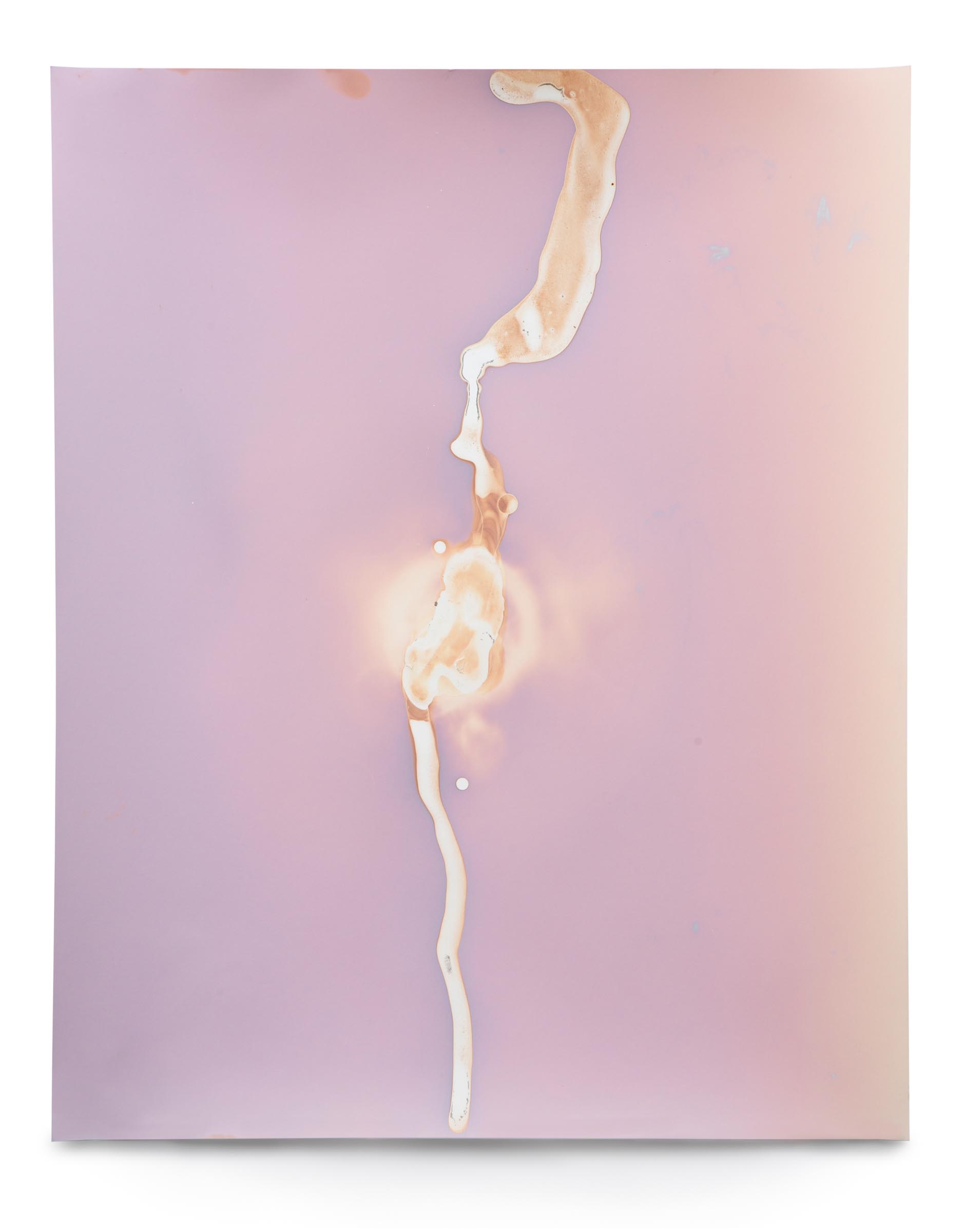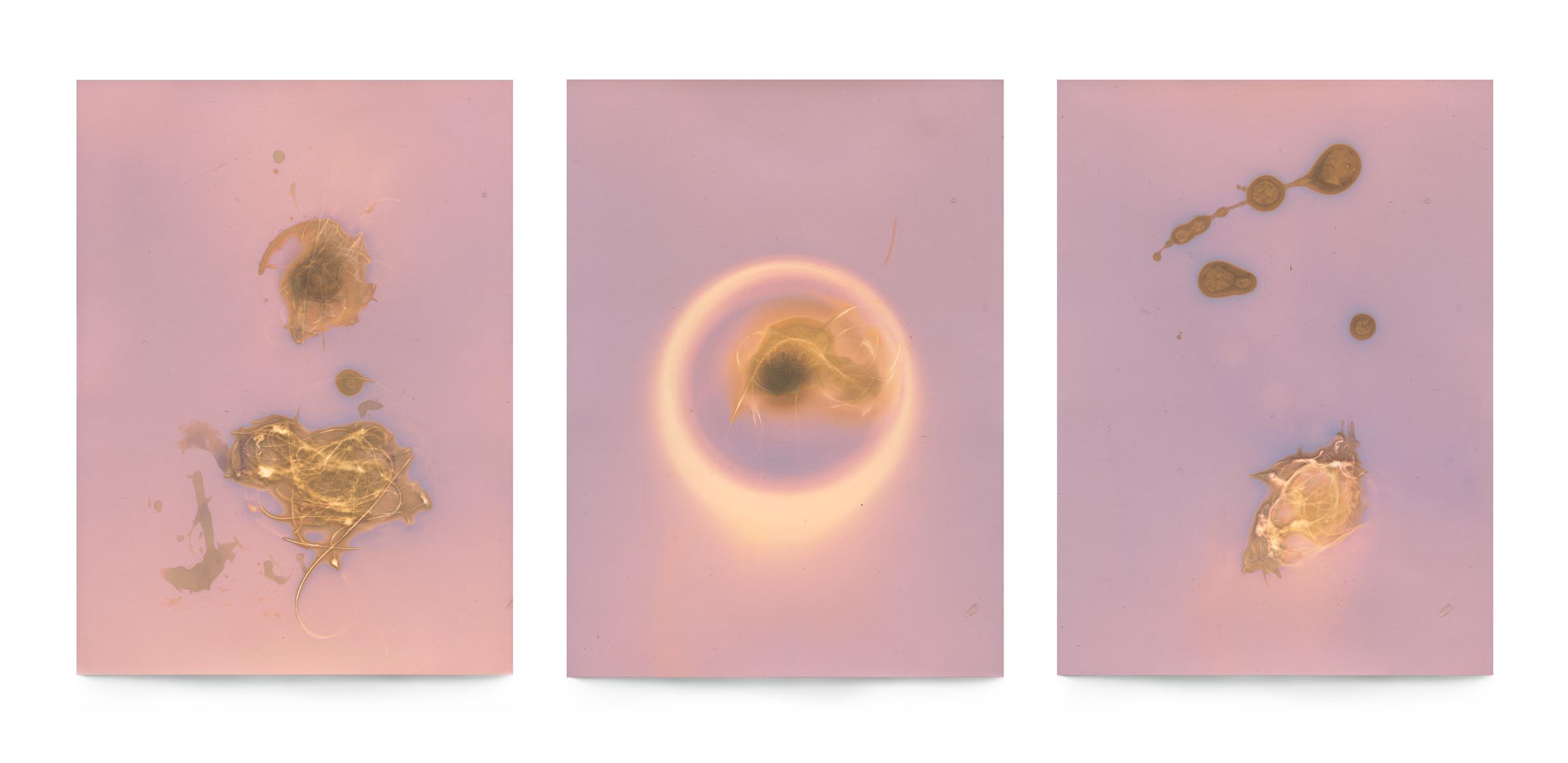How did you get into making art?
I did not initially take to photography. The only camera in our household was a 35mm Zenit that looked more like a relic to me than an object to make artwork. Initially, I painted and drew, but the anxiety of an empty page blocked many of my early attempts. I tend to work well while under the influence of limitations, and the mechanics of the camera offered me a frame to work with. Coming to photography from a painting background, I never found it interesting to make a perfect print or freeze a moment in time. Early on, I was more interested in the materiality of photography. I played with darkroom chemistry, making huge messes, burned my negatives, and scratched texture into photographic surfaces.

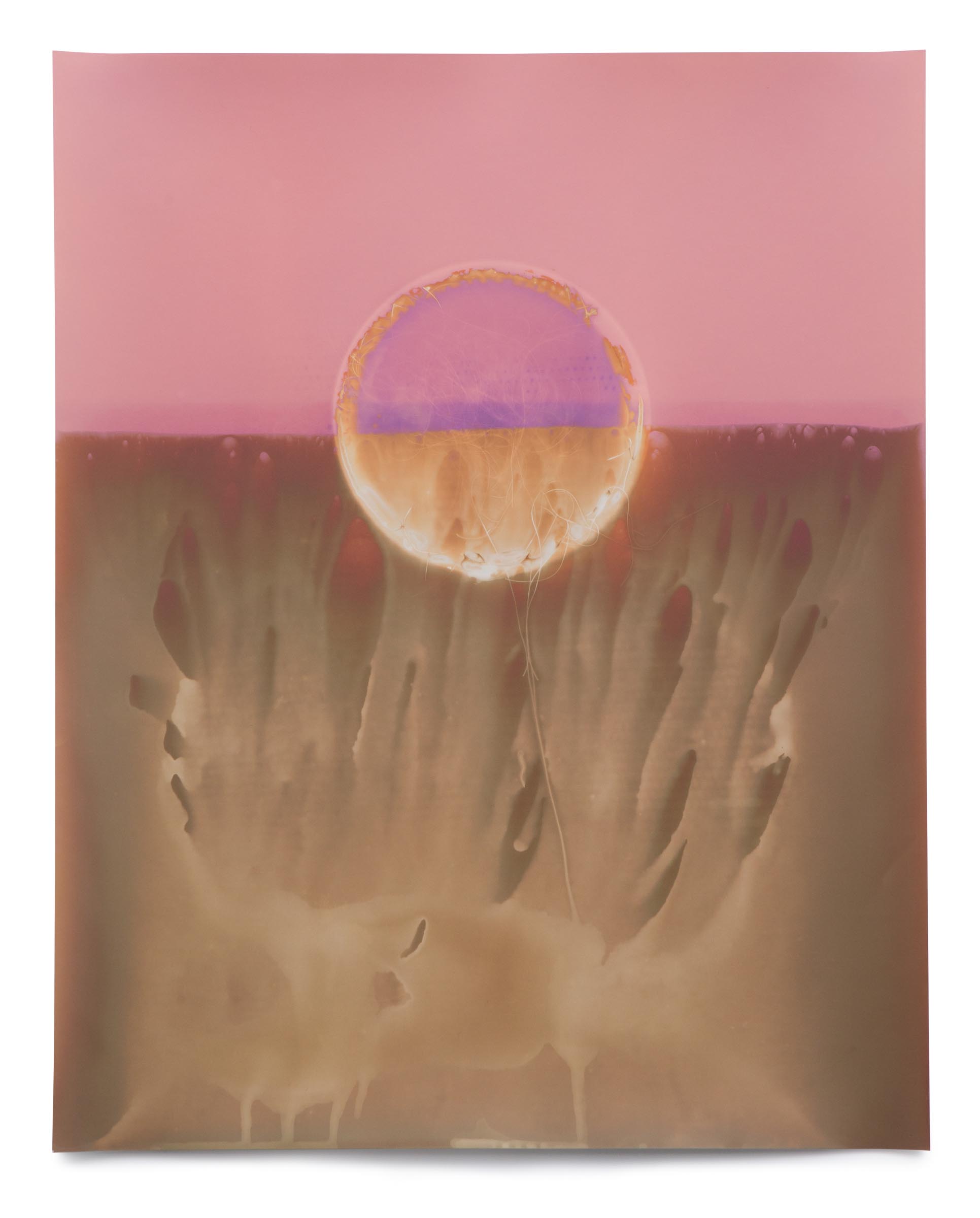
What are you currently working on?
My current work, Vestige, is a series of lumen prints in which my hair, saliva, blood, or breath are placed directly onto silver gelatin paper. This connection to the mundane is an inspiration for my ongoing abstract work. Our experiences of the daily processes our bodies go through are often ignored: hair that would end up captured in the shower drain, bathwater that is collected after a long soak become a type of self-portrait.
This is a natural extension of my work with figurative and portrait photography. Instead of a classic depiction of my body, these images reinterpret the gaze, creating something new and unrecognizable. In these color-scape photograms, the female body, which is subjected to an onslaught of societal pressure and objectification, defies conventional representation, appearing as mark-making and surface disruptions on photographic paper.
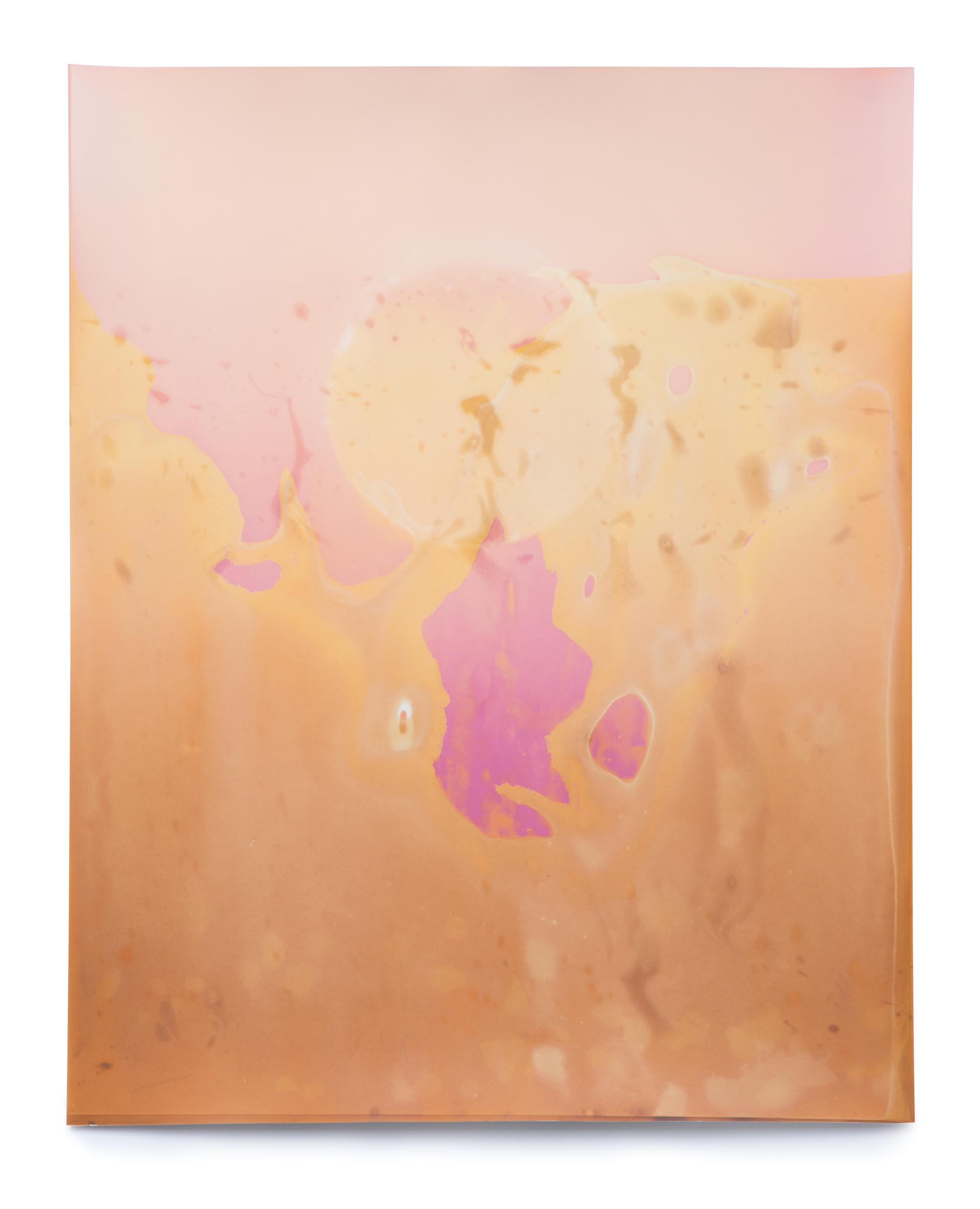
Instead of a classic depiction of my body, these images reinterpret the gaze, creating something new and unrecognizable.
Galina Kurlat
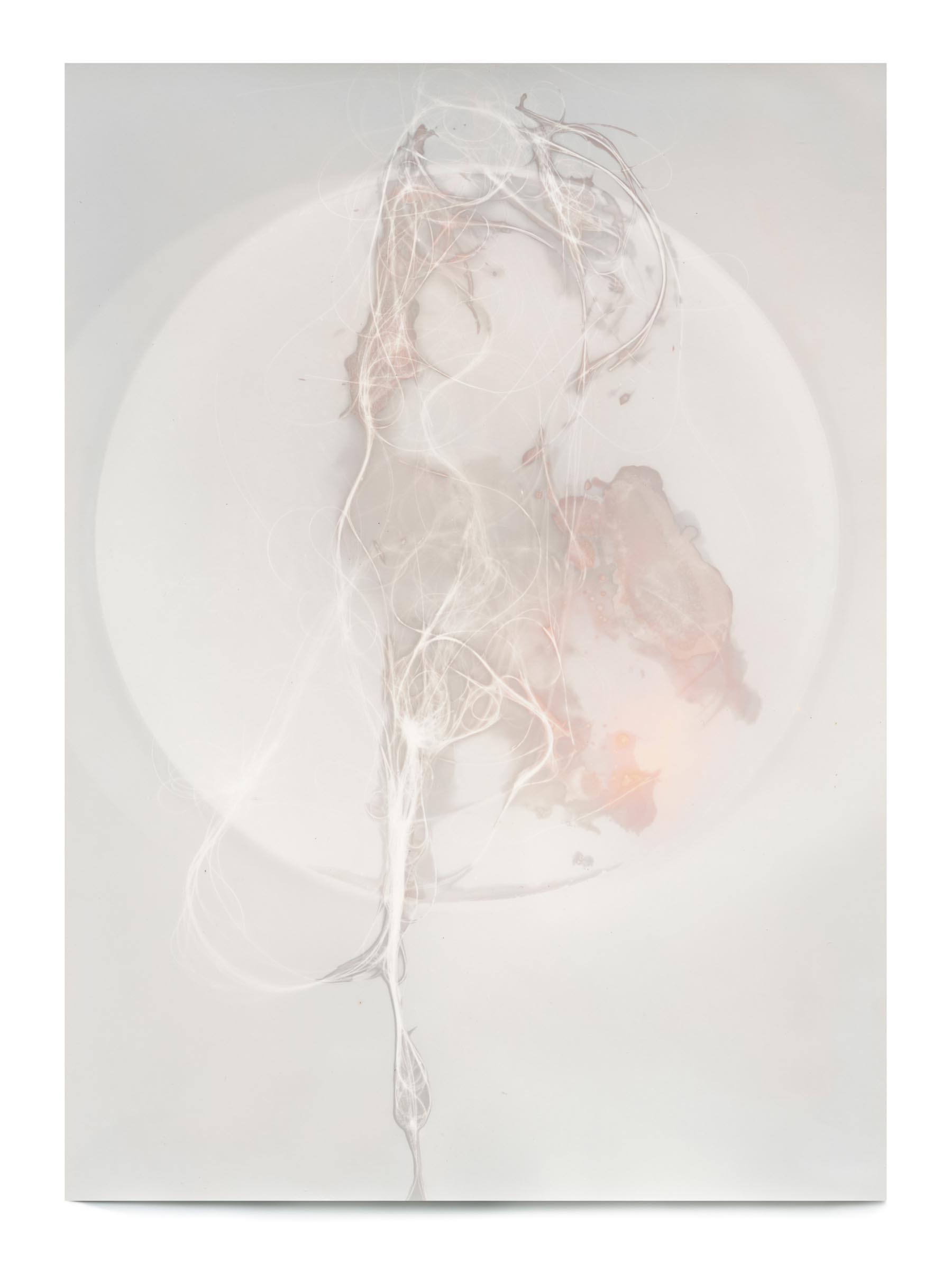
What inspired you to get started on this body of work?
Early on during the Coronavirus pandemic, I found a combination of my and my partner’s hair in the shower drain. I’ve had a fascination with the evidence our bodies leave behind for many years, and as we were spending so much time together, it became the right moment to experiment with this idea.
This way of distilling the body’s presence seemed like a breakthrough and a way for us to document the intimacy of our daily lives. Hair, spit, blood, urine, and nail clippings left their marks on the surface of photographic paper. The resulting series entitled Charting the Hours continued throughout the first year of the pandemic, creating a diaristic affirmation, evidence of our existence.
Throughout making this work, I became interested in the traces my female body left behind in the photograms. It soon became evident that these images were becoming self-portraits, representations of my body and myself.
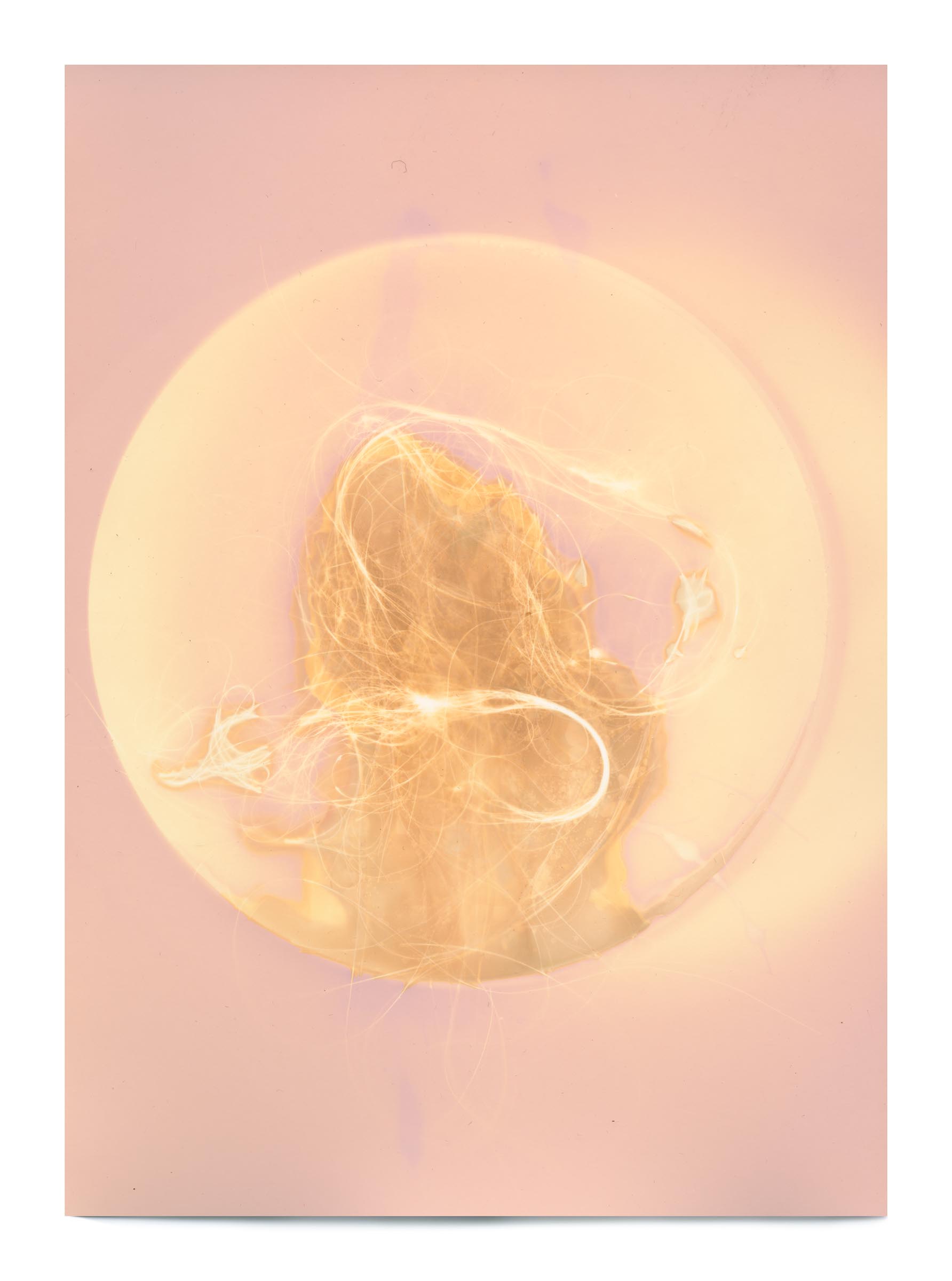
Do you work on distinct projects or do you take a broader approach to your practice?
Often my trajectory of making work is non-linear. I bounce between making portraits and this abstract work in a way that feels connected and intentional to me. It can happen simultaneously, one body of work informing the other.
Trust can be the most challenging aspect when working on a project that is visually so different from previous works. But for me, the connection is always the body. The way we experience being in it, the photograph of its presence, and the body as an absence. I hope to stay open to the creative process potential and possibilities and trust the work will take me in an interesting direction.
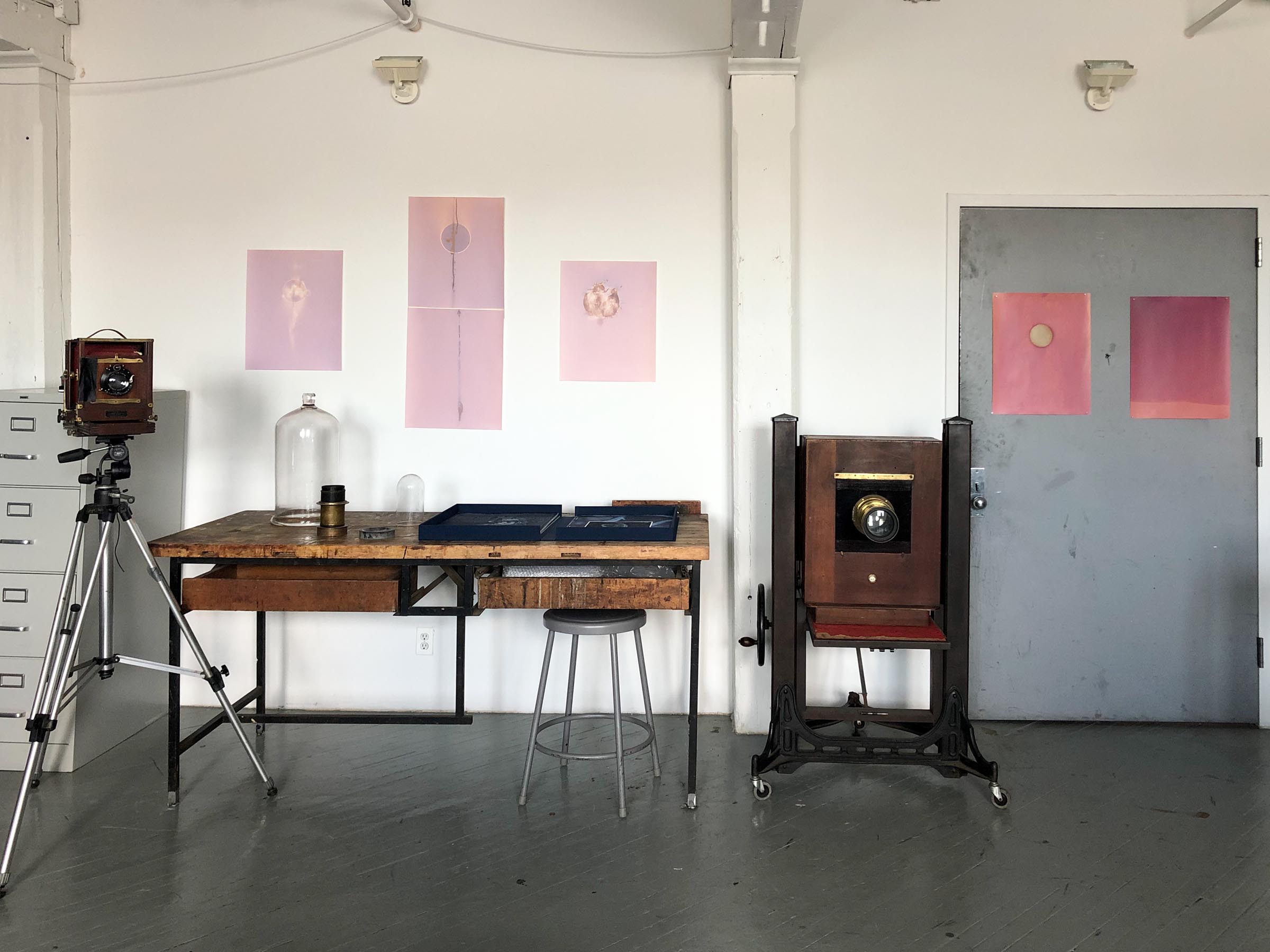
What’s a typical day like in your studio?
In my practice, I use traditional darkroom techniques, including wet collodion, expired Polaroid film, and lumen prints. Because of this, studio days are usually dedicated to whichever medium I am currently working in. If the light is right, I will begin my day by setting up a new lumen composition on silver gelatin paper which will expose for up to 24 hours. I then split my time between fixing prints in the darkroom, documenting the finished works, or simply writing about my practice.
These days I am shooting fewer portraits and primarily working with abstraction. Ultimately the pieces are a success if I can somehow channel the uncertainty and chaos inherent in analog photographic processes to collaborate with me and my subject.
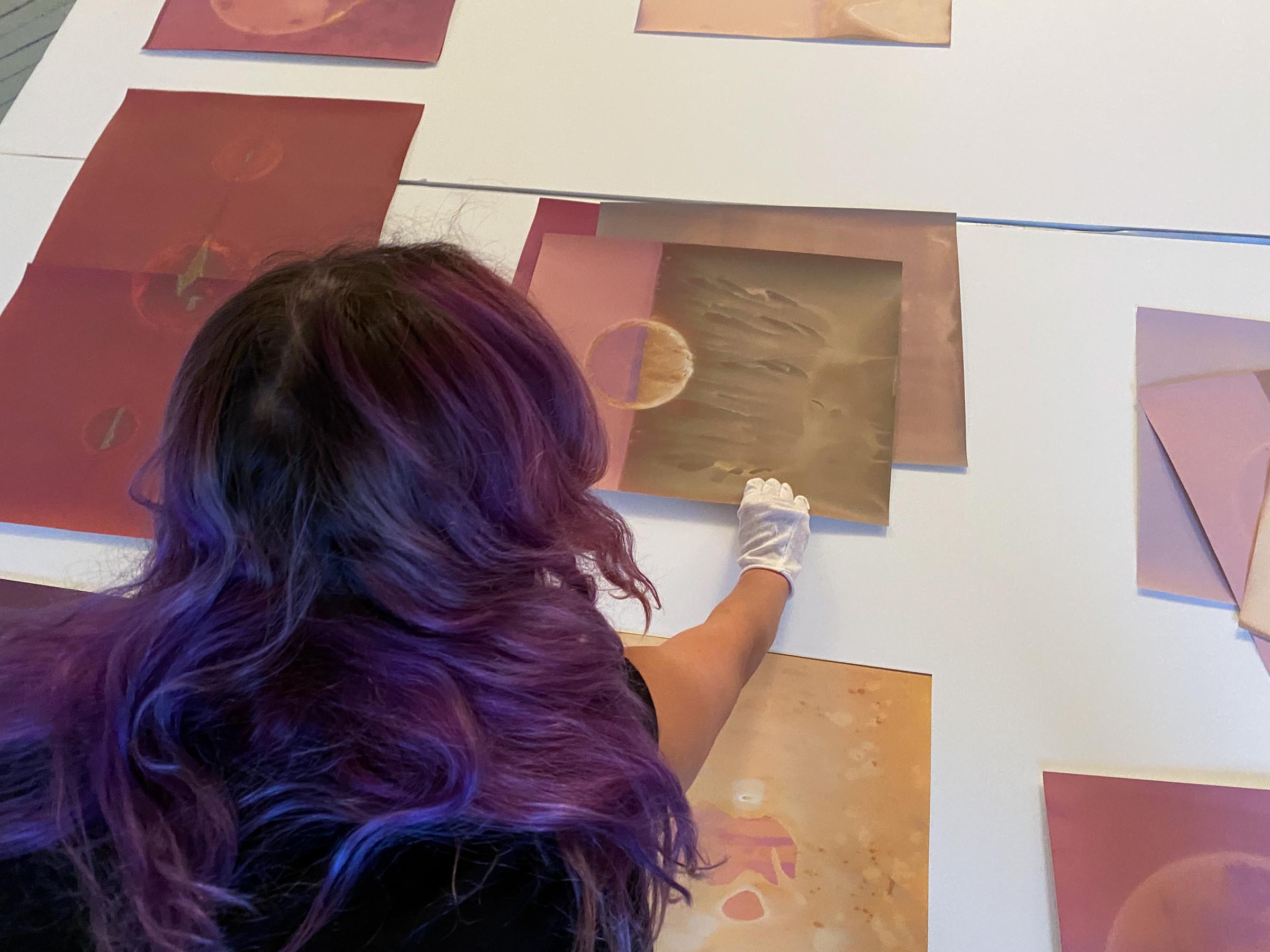
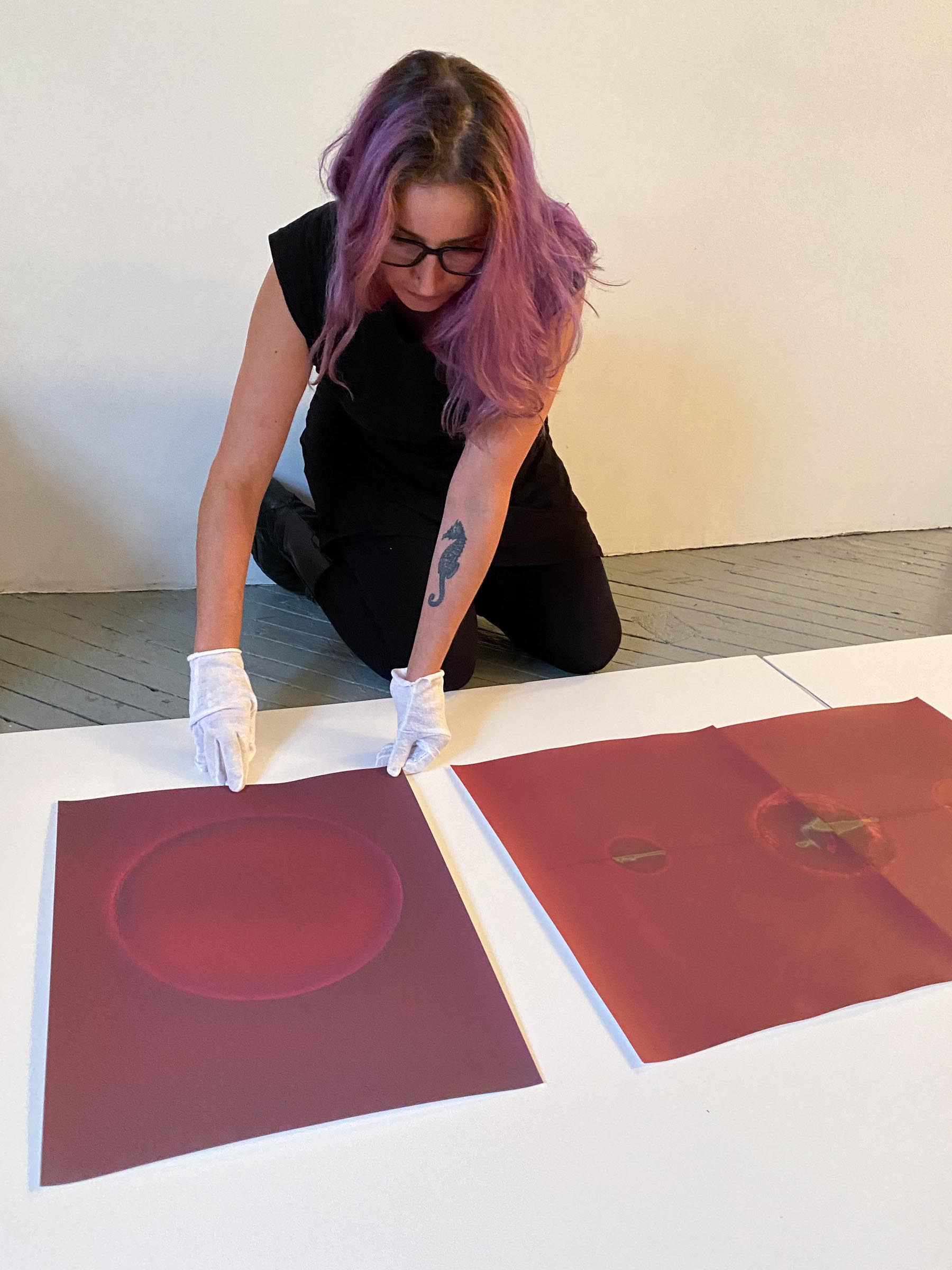
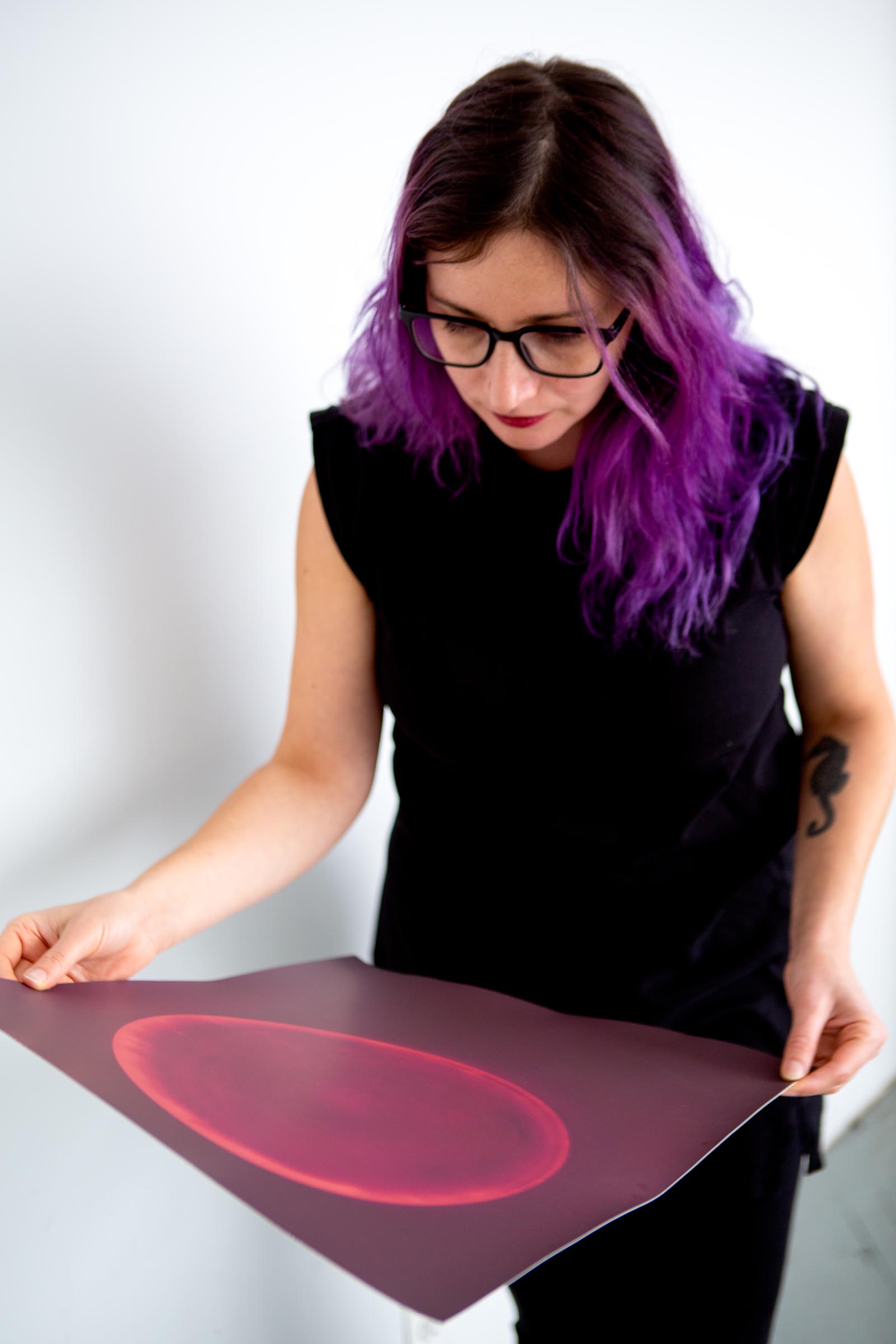
Who are your favorite artists?
I look toward a mix of photographers and visual artists for inspiration. These include; Alison Rossiter, Mark Rothko, Kiki Smith, Chris McCaw, Hiroshi Sugimoto, Sally Mann, Halim Al Karim, Sarah Moon, Mark Rothko, The Starn Twins, Julia Margaret Cameron, and Minor White.
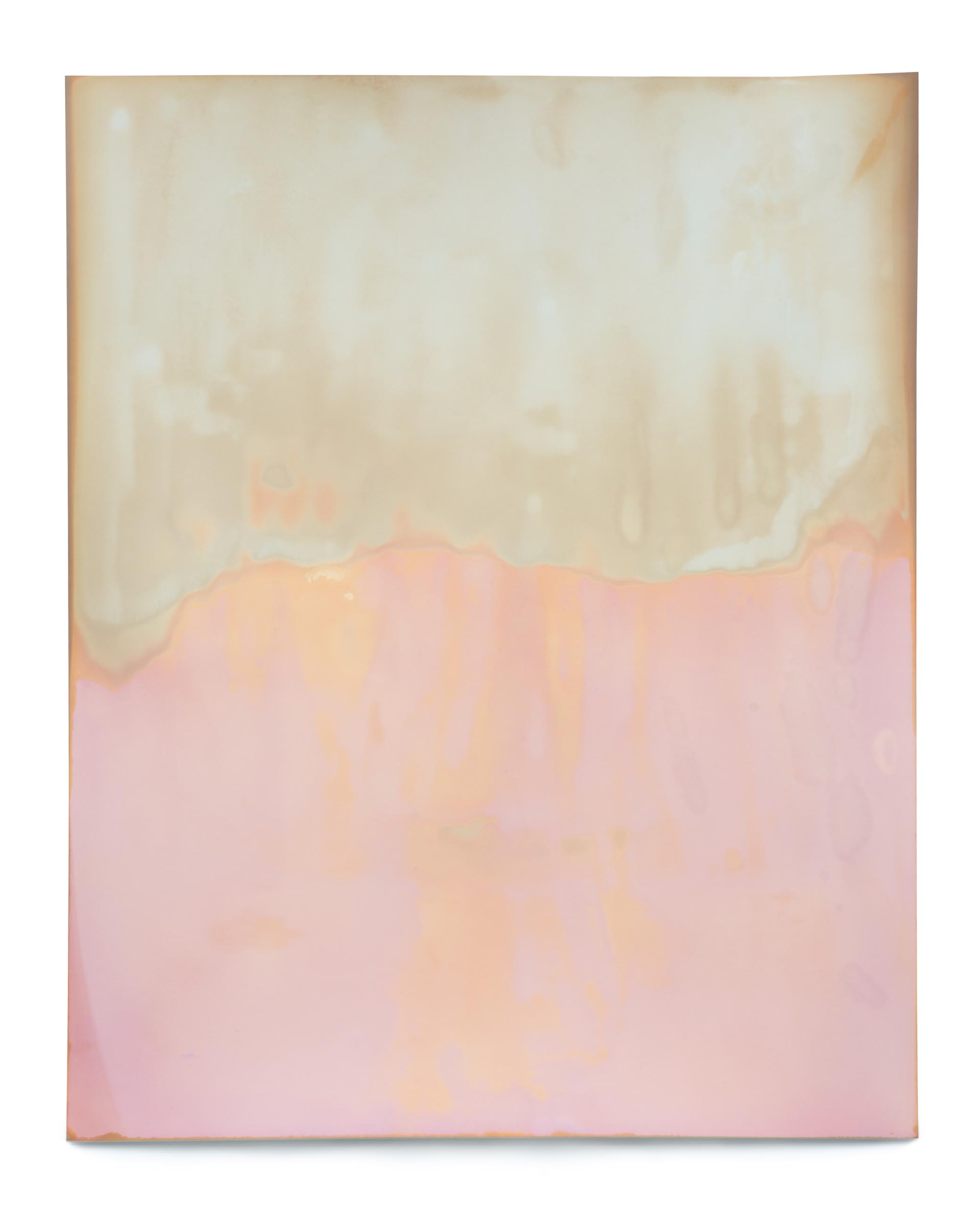
Where do you go to discover new artists?
I like to see and experience art out in the world whenever possible. Living in Brooklyn, there is an almost unending opportunity to see shows and visit open studios. My favorite way to experience art is during open studios for specific neighborhoods. I love meeting the artists and seeing how they work within their environment. Now that things are improving with Covid, I have made it a point to visit friends and colleague’s studios to view works and reestablish the community we have all missed for far too long. In addition, I do rely on Instagram when researching artists working far away or in specific photographic disciplines. It can be a handy tool sometimes.
Learn more about the artist by visiting the following links:
